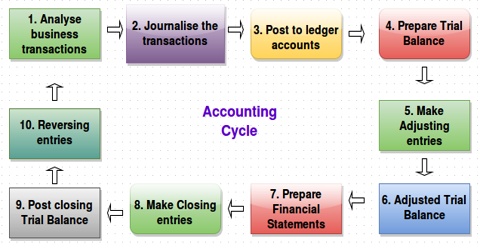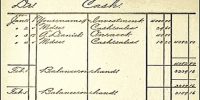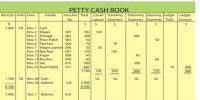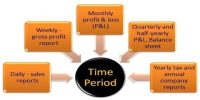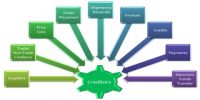Functions of Accounting in communicating information
In order to complete its major purpose of communicating information to the users, accounting embraces the following functions.
- Identifying
Identifying the trade transactions from the basic documents. All information must be free of error and reported with pinpoint accuracy. The information present must be of the distinction that indicates outcome in planned or legal decisions. This is to say that nothing of materiality should be omitted as well.
- Recording
The subsequently the purpose of accounting is to maintain a methodical record of all trade transactions, which are recognized in an arranged method, soon after their incidence in the journal or subordinate books.
- Controlling
Control is the procedure of monitoring, measuring, evaluating and correcting authentic results to make sure that a business enterprise’s goals and plans are achieved. Control is accomplished with the use of feedback.
- Classifying
This is apprehensive with the categorization of the recorded trade transactions so as to assembly the transactions of a comparable kind at one place; i.e., in ledger accounts. In order to confirm the mathematical accurateness of the accounts, the trial balance is organized.
- Summarizing
The confidential information obtainable from the trial balance is used to arrange profit and loss account and balance sheet in a way useful to the users of accounting information. Accounting information must be appropriate for it to be called information else, it becomes an ordinary data.
- Analyzing
It establishes the connection between the items of the earnings and loss account and the balance sheet. The reason for analyzing is to recognize the economic power and limitation of the business. Through the accounting system, the activities of employees are checked to prevent errors and frauds.
- Relevant
The most comprehensive and well-packaged information in the most comprehensible language will not worth anything if it is not relevant to the circumstances at hand. Financial statements must be appropriate to the decisions being made and presented in a way that allows for distilling helpful insights.
- Interpreting
It is apprehensive with elucidation the significance and implication of the connection so established by the analysis. Interpretation should be helpful to the users, so as to permit them to get accurate decisions. Assigned tasks of employees of every, department of an organization are to be evaluated. For this, Accounting provides essential information.
- Cost control
A standard cost is projected further on of each cost. For this reason, the essential financial information is accessible from accounting records. Actual cost and standard cost are compared for evaluating the competence of work. In this method, cost control is potential. The advantage that will be derived from the use of the accounting information must compensate for the cost of the dispensation that information.
- Communicating
The consequences obtained from the summarized, analyzed and interpreted information are communicated to the concerned parties. Simplicity and competence in appearance are significant, as it must be immediately readable and without the chance of being misinterpreted.
Finally, all obtainable financial statements should support with present best practices in accounting to make sure that the substance presented is faithfully compared to that of other organizations.
